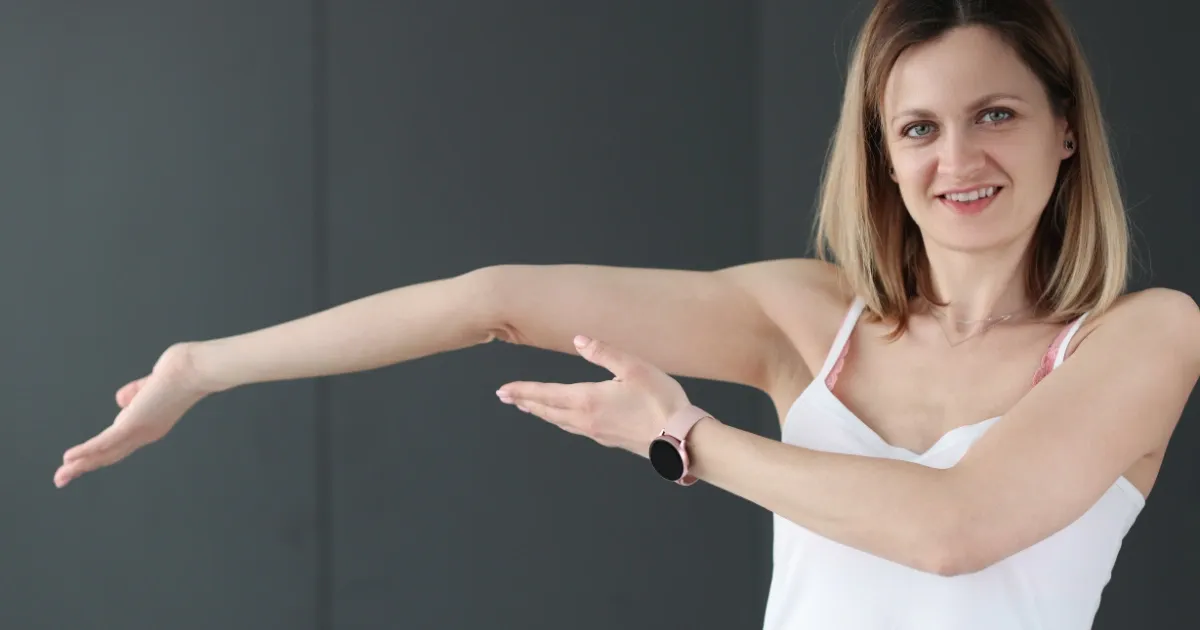It seems to be a relatively simple question with a necessarily straightforward answer. But as with all things relating to the body and the nervous system, the answer is an unsatisfactory, “It depends”.
Stretching and its effects can be the subject of hot debate. As with all constantly evolving data, the topic of stretching is riddled with misinformation, and misconceptions (if not full-blown myths). What may have seemed true yesterday is no longer valid today. Even the term stretch can have many meanings depending on the types or methods (read: Why Your Stretching Routine May Not be Right for You).
A prime example of an outdated concept is that of elongating the soft tissue. If we refine our definition to include concepts like redistribution of fascial tension, then maybe you’d have my attention. Think of pulling on a mesh bag (you know, those that hold the yummy baby mandarin oranges inside) You can change the shape of it and make it appear longer at the expense of width but only so much as the oranges inside will allow.
So why can some hyper-mobile people stretch and feel great, while others hate it or experience pain and stiffness after?
Often, the pros and cons of stretching, as relayed by my clients with hypermobility, would go something like this: If I don’t stretch, I will get stiff. I don’t want to cause damage, so I don’t stretch. My physio said I should. My physio told me not to. I stretch before my workout; so I wont get injured. I tried yoga and had a flare-up; so I don’t stretch. Stretching reduces performance. Stretching will loosen my joints. The list goes on…
That’s a confusing amount of conflicting information!
Can stretching help you “feel” looser? Of course!
Can it also cause a flare of negative responses? Beyond a doubt!
So what’s going on here?
Most activities we do in life are subjective and are dependent on the primitive part of the brain processing data to assess for threat of danger, while concurrently using past experience to come up with a subjective response. All this in a matter of milliseconds!
As humans, we process data based on context, beliefs, emotions and especially our past experiences. If we’ve had an unfavourable experience stretching, then it’s reasonable to assume reinforcing that belief over time would cause an equally miserable experience, the next time.
So, is stretching good for hypermobility?
Since we aren’t changing the length of tissue when we stretch, we aren’t loosening the joints, then it stands to conclude that it isn’t physically harmful to stretch. What matters if you do stretch, is that you employ an appropriate method for your nervous system and that you understand the following.
Stretching can be an effective way to create corporal spatial awareness. It is this highly sensory communication between brain and body that becomes beneficial for the hyper-mobile, ultimately allowing for better control in range of motion.
To put it another way it is an effective way to change the subjective feeling of constant tightness.
However, those with less than positive experiences with stretching can utilize other methods like foam rolling, percussion, kneading, PNF, etc.
In fact, understanding that the body’s responses are our own brain doing the best it can to keep us safe from “perceived” danger can often be the catalyst to negative responses either subsiding or disappearing altogether.
As with all therapies, if you have any hesitation, please ensure you reach out to a practitioner with full understanding of these concepts and how to apply them.
Until next time… ~ breathe ~ move ~ unwind ~





